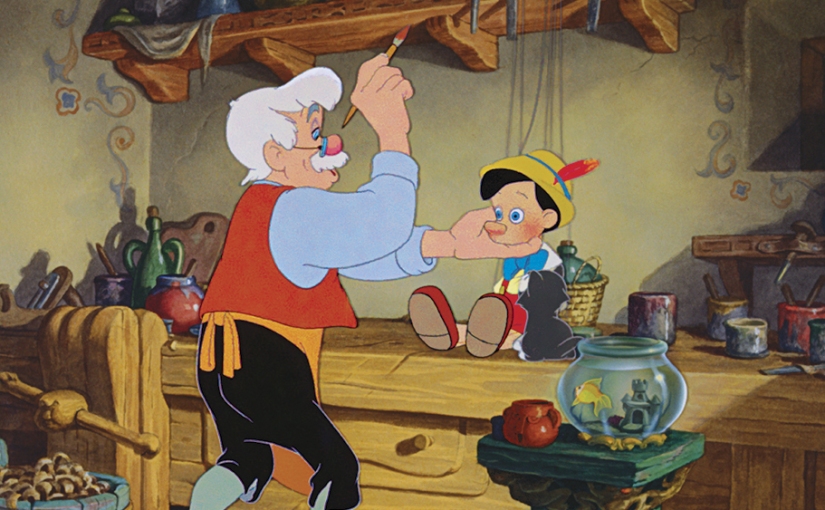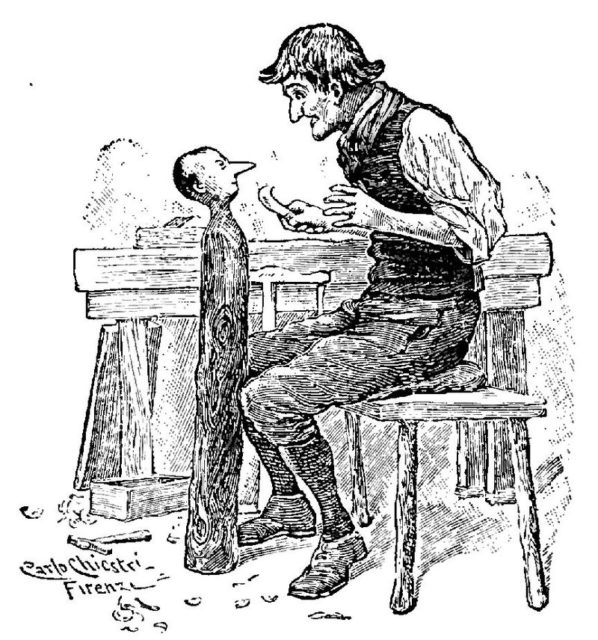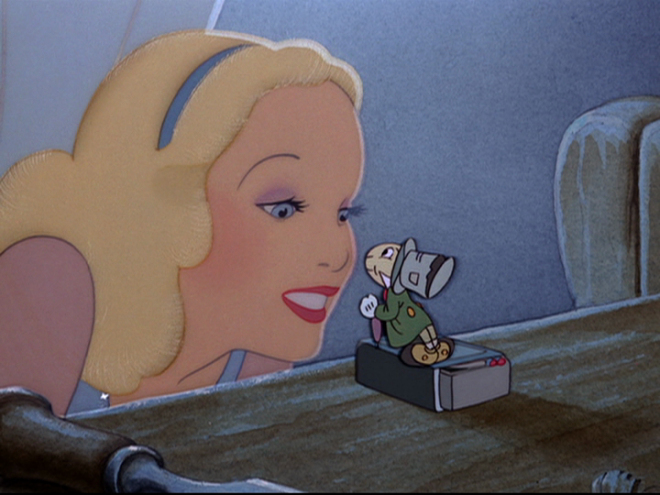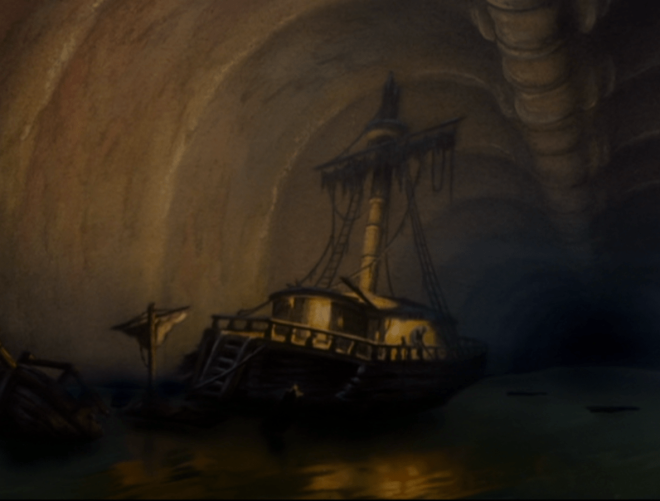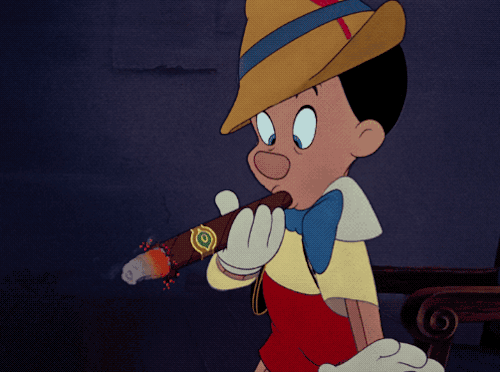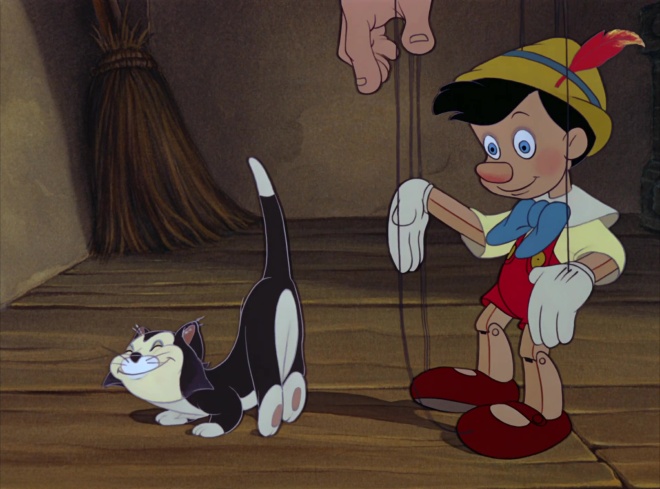Disney Plus is finally here in Australia, and the age of the Disney Vault is behind us.
The line-up available mirrors most of the Disney Plus US titles. There are heaps of 4K titles on here and the price is covered in the subscription at no extra cost. I watched my Blu-ray edition of Star Wars: The Phantom Menace last week, so I scrubbed through the 4K edition on Disney Plus to compare and it absolutely pops in 4K. All the movies appear to be presented in at least High Definition while there are Standard Definition showings in the television series from the 90s.
They have already begun putting some of the Fox films into the Disney library like The Sound of Music, and Home Alone. I’m sure we’re going to see a lot more of these make the move over in the next couple of years. There is also a slew of classic live-action Disney films such as Babes in Toyland, Treasure Island, and The Shaggy Dog (1959).
Anyway, here are a few movies and shows that have me excited to revisit.

First of all, I think everyone that has not seen the documentary Free Solo should make it their first pick on the platform. There is usually one stand out documentary every year, and last year it was Free Solo. The film is about a rock climber that dares to climb without the use of a harness and it’s an incredibly gripping watch that will have your body tensed to the max in that last half hour.

Heavyweights is that movie alongside Good Burger that I loved watching on repeat. I haven’t been able to see it since I was a child, so I sure hope it holds up, and it’s the first movie I’ll be watching on there. Basically, this one is about a group of overweight kids that are sent by their parents to a “fat camp,” but it’s a fun, laugh-filled ride.

DuckTales The Movie: Treasure of the Lost Lamp is another hard to find gem, I purchased the DVD from the UK because it hasn’t seen a release here since the original VHS. It is probably my favourite straight to video movie from Disney. This one is a movie to the tv series DuckTales and it involves Scrooge finding a genie in a lamp.

The Love Bug is the classic live-action Disney movie that stands out to me the most. It’s been so long since I’ve seen it now, but I’m looking forward to seeing it again, and perhaps even the sequels too. It’s titles like these that I’m happy that children today will get to experience on Disney Plus.

Return to Oz is one of my favourite childhood films. It’s the darkest take on the Oz story as Dorothy returns to find Oz in ruins. I own this one on DVD, but scrubbing through this HD version is like getting to watch it all again for the first time and I can’t wait.

Quack Pack, like most of the television shows on my list, was a part of the Saturday Morning Disney in the 90s. Starring Donald Duck and his three nephews. The nephews are all teenagers here so they are even more mischevious then they were in DuckTales.

Goof Troop is another terrific show that even spawned two Disney movies. It seems like an odd choice to have made a show about Goofy with a son, but it works.

DuckTales is something I never really saw although if it’s anything like the movie I’m going to love it.

Disney’s Adventures of the Gummi Bears is another show with a peculiar premise that I adored as a kid. I’m not sure if my nostalgia for it matches how it’ll be for me today, but you never know. Get this, the show is based on the Gummi Bear sweets, and you wouldn’t know it because that’s as far as it goes, the name of the show.

The New Adventures of Winnie the Pooh was something I watched on LaserDisc and it’s just charming.
The problem Disney faces with Disney Plus is the lack of content for adults. However, that will likely change in time as they begin feeding more Fox films into the mix, as well as the other film studios they own under the Disney umbrella. For now, this bodes well for Netflix and the rest of the streaming platforms as it becomes clear that Disney is not competition in the streaming space, just yet. The one gripe I have is how The Simpsons has been handled as they’ve zoomed in on the image to fill the screen. Since the outcry was overwhelming in the US they have decided to give us the option to watch it in 4:3 at a later date. The other problem I have is with the censorship of Stark Raving Dad in The Simpsons, by not having it available at all because of the presence of Michael Jackson. That one I’ll discuss at a later date.
Also, I’ve been reviewing some of the classic Disney Animated films listed on this page HERE.
For now, hopefully you enjoy the library from Disney Plus
Robert Ring












































